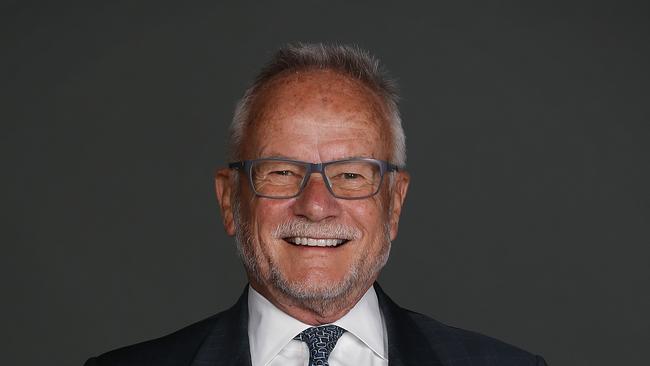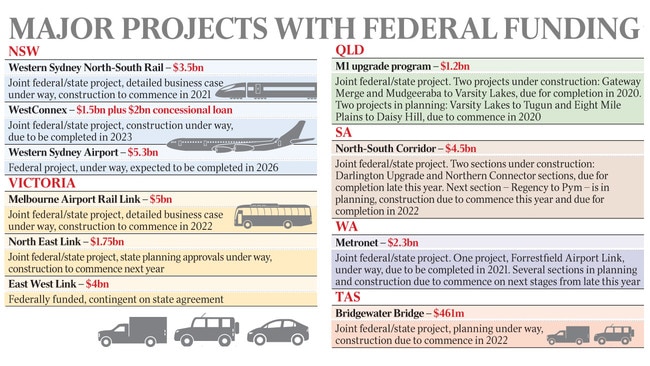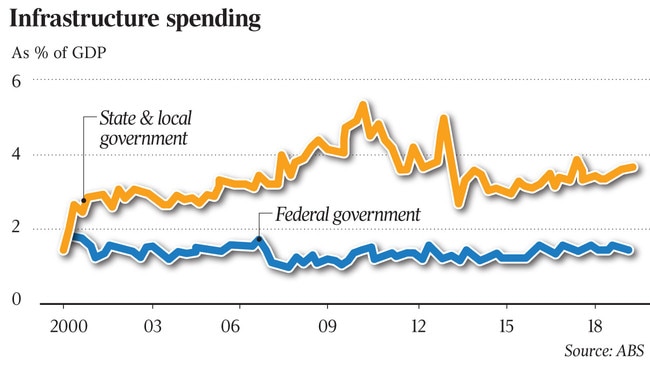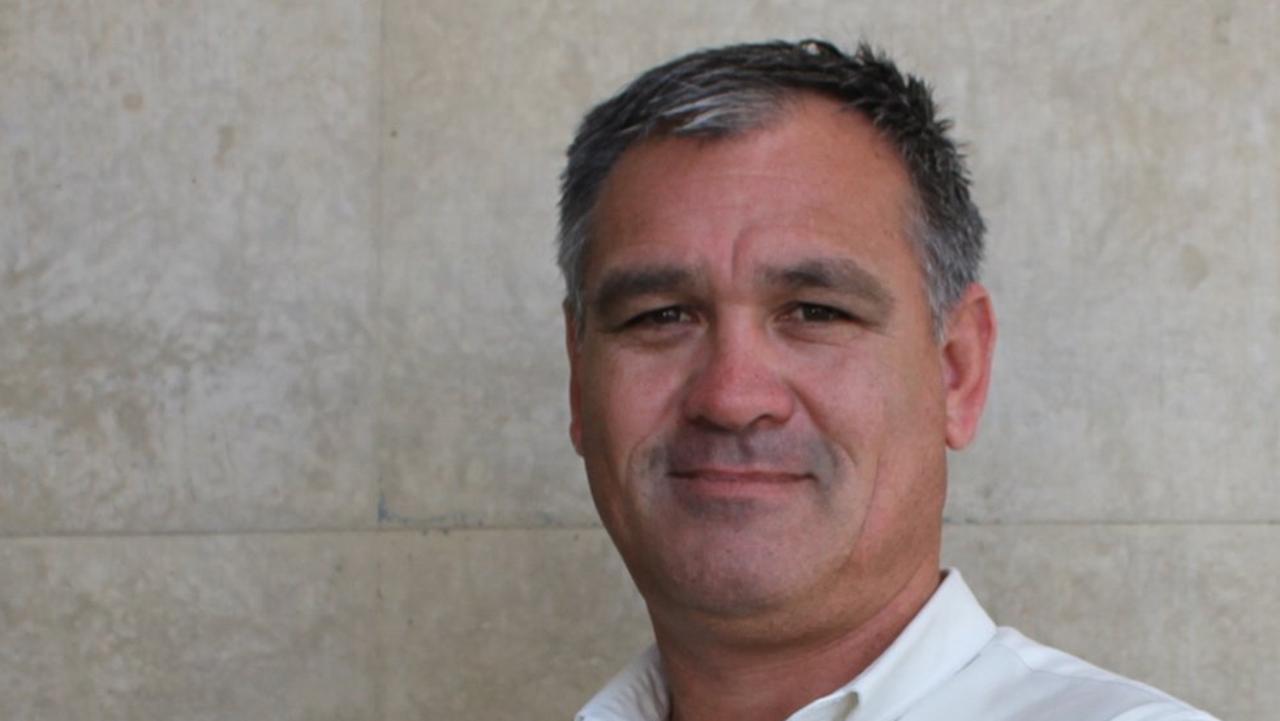States urge Morrison to build roads to national economic prosperity
The states have urged Scott Morrison to drag forward spending on major projects.

State treasurers and infrastructure ministers have urged Scott Morrison to drag forward spending on major projects and fund a wishlist of new building in the wake of Reserve Bank governor Philip Lowe’s call for the government to unleash economic stimulus.
Business leader Tony Shepherd has also urged the Prime Minister to heed advice from the Infrastructure Department calling on the government to ramp up spending aimed at maintaining and fixing national infrastructure.
With the Coalition considering bringing forward the planned start date for a number of large projects to stimulate the economy, Mr Shepherd — who chaired Tony Abbott’s 2014 Commission of Audit — said spending on existing infrastructure was often overlooked as it was not as “sexy” as cutting ribbons on new roads and railways.
“The backlog in the maintenance of infrastructure is many billions of dollars across the three levels of government in Australia,” Mr Shepherd, a former Business Council of Australia president, told The Australian.
“Investment in maintenance is an effective mechanism for short-term stimulus, with the added advantage of contributing to long-term economic growth.
“Poorly maintained and unsafe infrastructure is as big a drain on the economy as no infrastructure at all. Investment in maintenance is a very effective mechanism for a short-term stimulus with the added advantage of contributing to long-term economic growth.”

While the federal government has announced $100 billion to be spent on infrastructure over the next decade, analysis from Commonwealth Bank economist Kristina Clifton found infrastructure spending by Canberra will drop this financial year, partly as a result of lower spending on the National Broadband Network as it nears completion.
Despite a massive increase in public works slated to start in recent state government budgets, infrastructure spending across all levels of government would make only a “modest” 0.3 per cent boost to economic growth over the coming year, Ms Clifton said.
“There is a strong case for more infrastructure,” she said.
NSW Treasurer Dominic Perrottet wrote to Josh Frydenberg yesterday asking his federal counterpart for money for the $25bn Sydney Metro West project and other projects.
“Queensland is expected to receive more than double NSW’s average per capita allocation of commonwealth infrastructure funding over the four years from 2018-19,” Mr Perrottet said.
However, Queensland’s acting infrastructure minister, Stirling Hinchliffe, told The Australian he had a list of projects ready for federal assistance, such as the Cross River Rail project, the Bruce Highway and the Gold Coast light rail.
“Given the word ‘Queensland’ was mentioned just once in this year’s federal budget, the Palaszczuk government backs the RBA’s calls for more infrastructure investment in Queensland,” Mr Hinchliffe said.

West Australian Transport Minister Rita Saffioti said the state government was “keen to work with the federal government to fast-track projects that have been funded and get them under way as soon as practically possible” and she was in discussion with Canberra to ensure environmental agencies were properly funded so there were no unnecessary delays in project approvals.
Over the forward estimates, the Morrison government is expected to spend $42.8bn on a number of federal and joint federal-state projects, including the Melbourne Airport Rail Link, the Western Sydney North-South Rail and the Queensland M1 upgrade.
Government funding for highway maintenance since the 2015 financial year has totalled about $1.7bn. But, according to the NRMA, the backlog to adequately fund upgrades to existing roads and construct new roads has risen to a further $2.2bn, with regional councils responsible for 75 per cent of the shortfall.
Throughout regional NSW, $300 million worth of works is required to replace roads classified as “very poor” and a further $600m is required to replace roads classified as “poor”. This $900m investment would bring all regional roads up just to a “satisfactory” condition.
Department of Infrastructure secretary Steven Kennedy last month said ramping up maintenance spending could help spur economic activity: “This may be a no-regrets policy choice by which I mean, even if the fiscal response was not needed, the increased spending would deliver significant productivity returns.
“While the maintenance expenditure would typically be targeted at more trafficked roads, it is likely to be reasonably disperse in nature and provide good support to the economy.”


